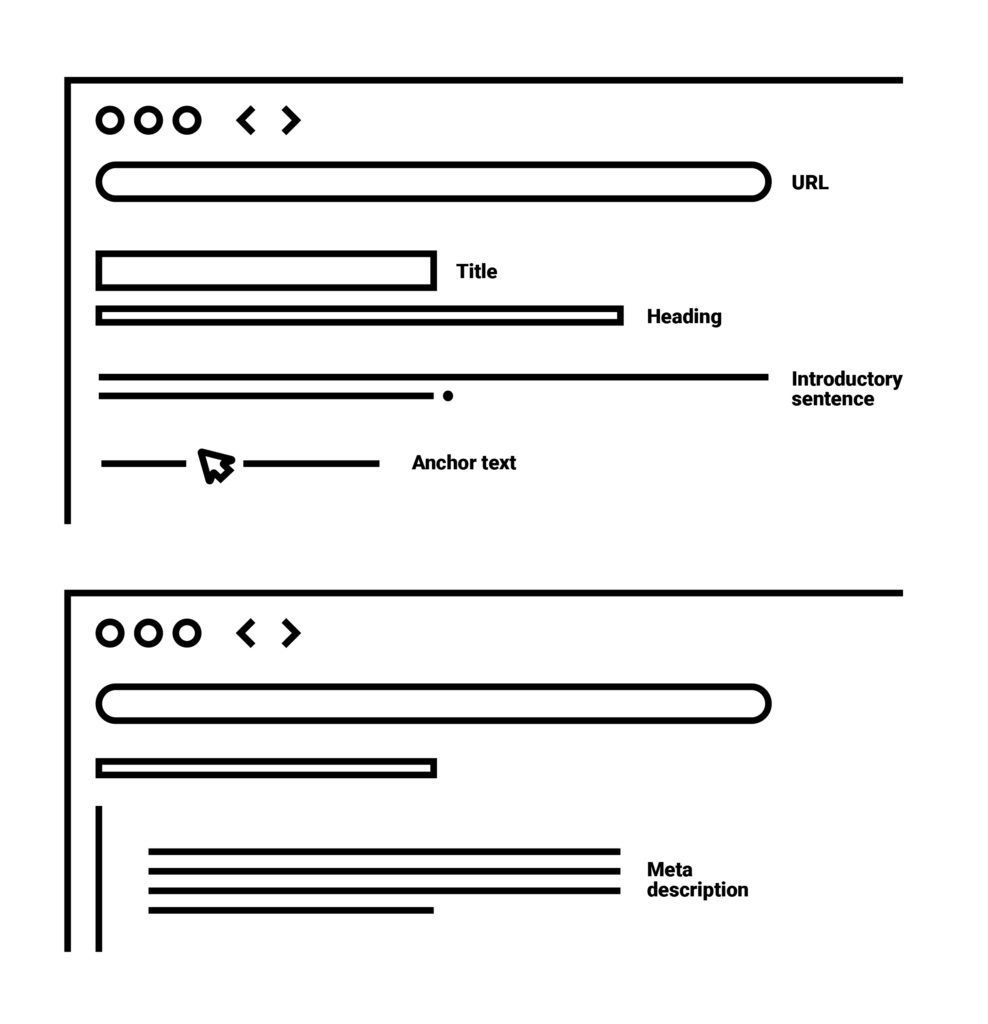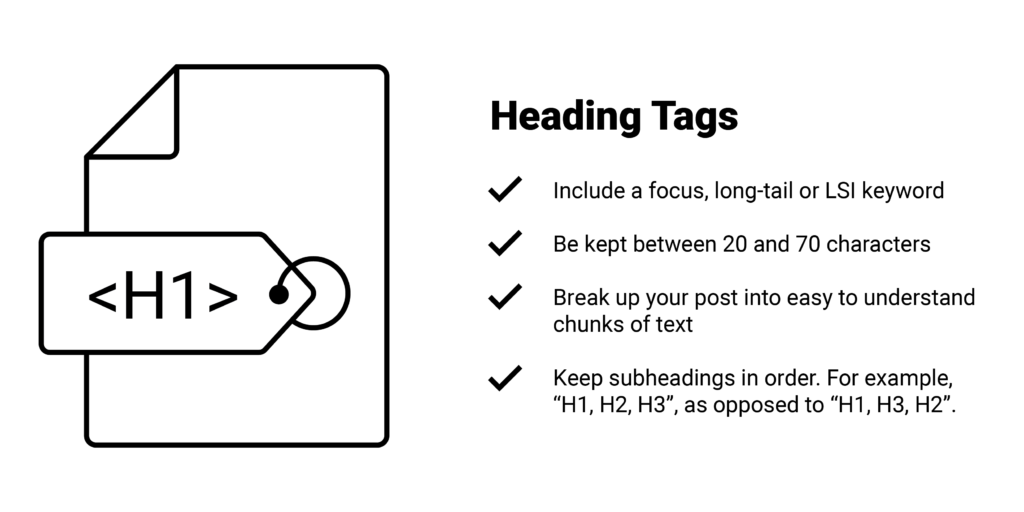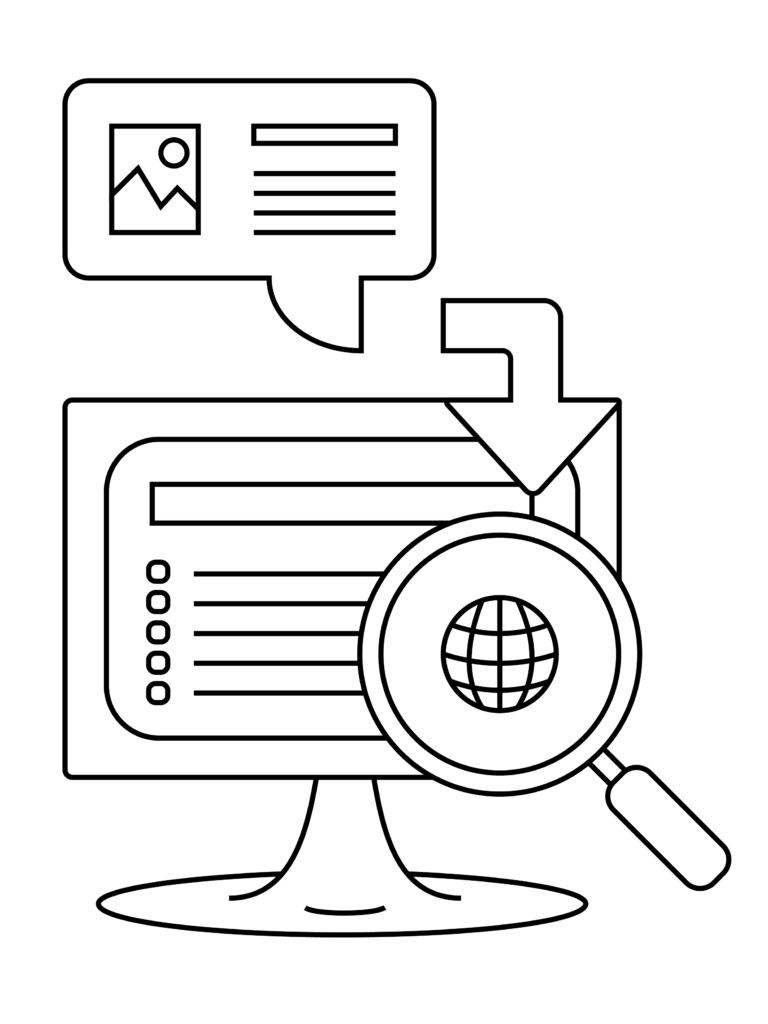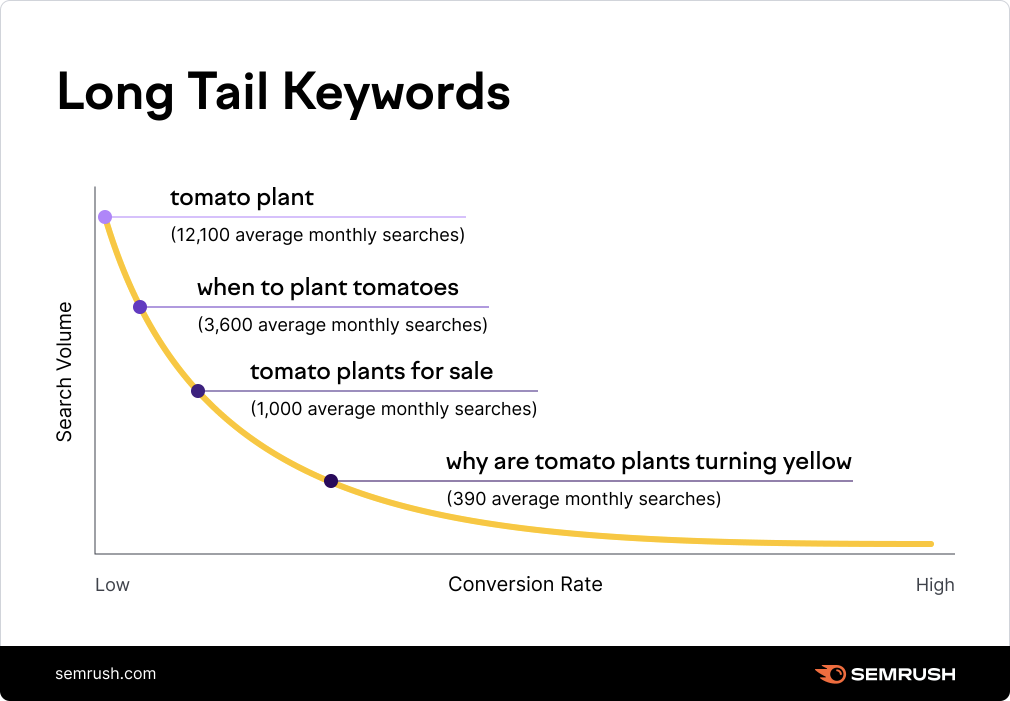You don’t have to guess anymore
Why do firms invest resources in blogs? In 2018, Youtube introduced 6 second ad spots, in part, because of audience impatience. Maintaining audience attention is more challenging than ever. There have never been more competing sources for their valuable attention. In this context, devoting energy and resources to blogs sounds entirely counterintuitive. One of the reasons why blogs have been, and continue to be, an important piece of an overall marketing strategy is for Search Engine Optimization (SEO).
A successful blog should not only effectively communicate relevant information from your perspective as a subject matter expert and reinforce your firm’s tone of voice, but should be optimized for search engine results. Think of SEO as the chance to make your firm more visible to your intended audience at precisely the moment they might need you most. When blogs are properly equipped and reinforced with SEO in mind, they can become powerful drivers of targeted traffic to your firm. Search engine optimized blogs will have carefully considered keywords, a strategic title and headings, and will be composed with the right technical elements, such as pictures and links. SEO doesn’t have to be a mysterious, confusing insider’s game anymore. Let’s help people hear what you have to say.
Keywords really do matter
Keywords make or break a blog post. Without the right keywords, useful, relevant content might not ever find its way in front of the right audience at the right time. Think of keywords as being the equivalent of a sign posted outside of a brick and mortar store. The signs tell potential customers exactly what that store offers. However, the proprietor needs to be thoughtful about what those signs show, how many signs to have out, and where the signs are located. Each blog should focus on 1-2 keywords per post. These keywords should be specific to your topic. Optimizing your blog posts is not just about incorporating your keywords into your posts.
How, where and how many times your keywords are used are also very important. For example, you can actually overuse a keyword. Search engine software might get the impression you’re trying to game the system and will punish your website in organic results as a consequence. Returning to the metaphor of the brick and mortar storefront, imagine driving past a law office that’s property is absolutely blanketed in signage. Eventually, it not only looks tacky, but it might even start to appear suspicious. How do you know the right keywords to use? The Google Adwords Keyword Tool is a good place to start. Carefully examine the competition for different keywords and try and dial in on 1-2 that would be especially relevant to your targeted audience. Finding your specific targeted audience is greatly helped by long-tail keywords. For example, a few keywords you’ll see scattered throughout this post are “SEO” and “blog”.
Long tail keywords are combinations of search terms that, while they don’t get searched very often, are much more likely to lead to a conversion than something more vague. The graphic below from semrush.com does a great job illustrating what a long tail keyword looks like with an online vegetable-care website.
Long tail keywords often consist of three or more words. One easy method to find the right long-tail keywords is using Google’s “Related searches” section. After selecting a couple of long-tail keywords, it is important to place them where they will have the most value to your post. Remember that both humans and computers will read and sort the content.
Key locations to place your keywords:
- Title
- URL
- Headings
- Introductory sentence
- Anchor text
- Meta descriptions
Similar to long tail keywords, you should use Latent Semantic Indexing (LSI) keywords. These are keywords that are similar to your focus keyword. For example, if your focus keyword is “video marketing,” some LSI keywords would be “video marketing strategy” and “video marketing examples.” You can easily find these keywords mentioned in Google’s “Related searches” section. Another great tool for finding LSI keywords is https://lsigraph.com.

Finally, be sure to optimize your content body for your keyword. Use your focus keywords in the body of your post. Keep the first instance of your keyword as close to the being of your first paragraph as possible. The beginning paragraph has greater significance in determining search relevance and placement. Our best practice when implementing keywords in any content is to use a keyword, long-tail, or LSI keyword 1-2 times per 100 words. That gives you great keyword relevancy while keeping your keyword density at a very safe level.
Making titles and headings drive traffic
Your title tag is critical to your blog post’s optimization. A title tag is your content’s title on the search engine results page. It is the search engine’s and reader’s first step in determining the relevancy of your content. It is best to get your keyword at the beginning of the title. Aim to keep your title between 40-60 characters long. If your title is longer the search engines may cut it off, or change the title altogether. If the title is too short, you are missing a valuable opportunity to catch the attention of both your visitors and the search engines.
An h1 tag is your leading header for your webpage, expressed in HTML. Your title tag and h1 should not be identical. Think of your title and h1 tags as being intimately related to one another, but restating it in a similar way. Your focus keyword should be to have unique, but highly related tags and content throughout. Keep your title and h1 unique by using different focus keywords, long-tail keywords, and LSI keywords to make the title and all subheadings unique. Using this technique is a great way to achieve broader keyword rankings which can help direct more organic traffic to your piece. Think of it like different marketing pieces within a broader campaign, they’re communicating the same message, but in different ways to help direct more facets of the target population.
While the h1 might be your most important tag (along with your title) each subheader you have can also help broaden appeal. Often website designers and developers use H tags solely for content formatting and miss out on the SEO and website visitor benefits. Your subheadings should help your visitors better navigate your content while informing the search engines of content relevancy. If search engines see your focus keyword covered in every spot available, your content will likely be categorized as keyword stuffed and will be penalized.
List of title traffic drivers:
- “How to…”
- “Checklist”
- “Tips”
- “Guide”
- “Simple”
Finally, consider optimizing your meta descriptions. The meta description is the descriptive text that appears below your title on the search engine results page. It’s your first opportunity to pitch what your blog is all about. Think of it like the back of a VHS tape (oh no, are we dating ourselves here?). Your meta description is meant to give visitors and search engines valuable information about your blog post’s content. This is another opportunity to use your long-tail keywords and LSI keywords. The meta description is also a great opportunity to “sell” or “pre-engage” the content with your search engine results audience to increase click-through rates — the more engaging your meta description, the more likely they are to check out your tape from Blockbuster.

Best practices for heading tags:
- Include a focus, long-tail or LSI keyword
- Be kept between 20 and 70 characters
- Break up your post into easy to understand chunks of text
- Keep subheadings in order. For example, “H1, H2, H3”, as opposed to “H1, H3, H2”.
The non-word things
So much about what can make a blog a successful driver of traffic to your platform actually has nothing to do with the words used in it. By crafting the right URL, choosing the right images, and including the right mix of links, you can boost the reach and power of your blog.
The first area the search engines crawl on your post is the URL. The search engines are trying to determine what your post is about by reading the URL. You have an opportunity to lead the search engines and your website visitors as to the relevancy of your post. Always include one to two of your focus keywords in the URL. Depending on the length of your focus keyword, you may have room for a long-tail keyword in the URL as well. Keep your URLs shorter and focused to better help the search engines and your user experience.
Example of optimized URL:
https://sproutbox.co/portland-video-marketing-agency
One of the easiest and often missed optimization opportunities is the image file names themselves. The image file name should use a few precisely chosen keywords separated by hyphens. For example IMG-12345.jpg would become portland-video-marketing.jpg.
Your blog images should help explain your content. Search engines don’t just look for image file names; they also look at the image alt text. When you upload an image to your blog, include keywords in the ALT text field with a brief, keyword-rich image description. Of tremendous importance to the user experience and for SEO rankings is how fast the blog post loads up. This becomes even more critical with mobile devices. The great factor in the load speed is the actual file size (in Kb) of the images. Your goal is to always try to keep the images sizes under 100Kb. That won’t always be possible but it is a great goal. This is one of those counter-intuitive situations where making your blog objectively better looking is actually going to make it worse performing. With image sizes, you want to balance quality with quantity (in Kb’s). Along those lines, choosing the right image format is important, too. The most common image formats you’ll find online are PNG and JPEG.

Image compression tools we recommend:
- GIMP
- TinyPNG
- Smush
- MinifyWeb
Hopefully you’ve noticed that throughout this article, we’ve been using a whole bunch of links. This isn’t an accident. We’d like to think there are a lot of elements of this blog where we’ve been practicing that which we’re encouraging you to do. The use of internal and outbound links can help enhance SEO. For outbound links, you should aim to include 2-4 links for every 1,000 words of content. Internal links are even more important than outbound links and, in our experience, is one of the most overlooked opportunities of on-page SEO. Similarly to outbound links, best practices suggest that you should aim for about 2 internal links for every 1,000 words of content.
Ideally, blogs should be no shorter than 1,000 words and can easily extend past 2,000+ words if you’re producing deep, long-form, content. When considering length, it is important to look at the average length of the content that your primary keyword produces on the first page of Google. Generally, you want to match or beat the average length for what is already ranking. Of course, length alone doesn’t guarantee a great ranking. Make sure your long-form content goes deep into your topic and has something of value to offer to your intended audience. Your content will need to be both comprehensive and engaging. It’s not all about gaming the system, SEO helps draw attention to a blog, but it’s good content that keeps that attention and makes it valuable.
The final word
Don’t be afraid to promote your content. Most people don’t promote their content because they’re worried about duplicate content. Thankfully, you can safely syndicate (promote) content without getting penalized. Use Social Media accounts, email blasts, and other places to promote your content in areas where it will be seen and valued. Doing so offers the chance that others will read the content and visit your website and that other websites will link back to your content, creating backlinks that can be helpful in your search engine rankings. The more traffic that is heading to your content, the more other traffic will follow it and the boost from promotion can help catalyze organic traffic.
Writing blogs can not only be helpful to your organization, it can also be really rewarding, an opportunity to reflect on an idea and a good exercise in naming and dialing in on things that can be easy to take for granted. Hopefully, the tips and fundamentals we’ve outlined above have helped demystify the world of SEO as it relates to blogging. It’s worth remembering, there is no substitute for good writing. If you’re enjoying writing it, there’s a good chance other people will benefit from reading it. SEO optimization, albeit through keywords, title and headers, or links and photos just helps get that writing in front of the right people. Think of it like listening to someone sing in an outdoor venue and whether or not they’re using good sound equipment. If the person has an engaging voice, amplification only helps more people hear it. Amplify yourself. You’ve got important things to say.

